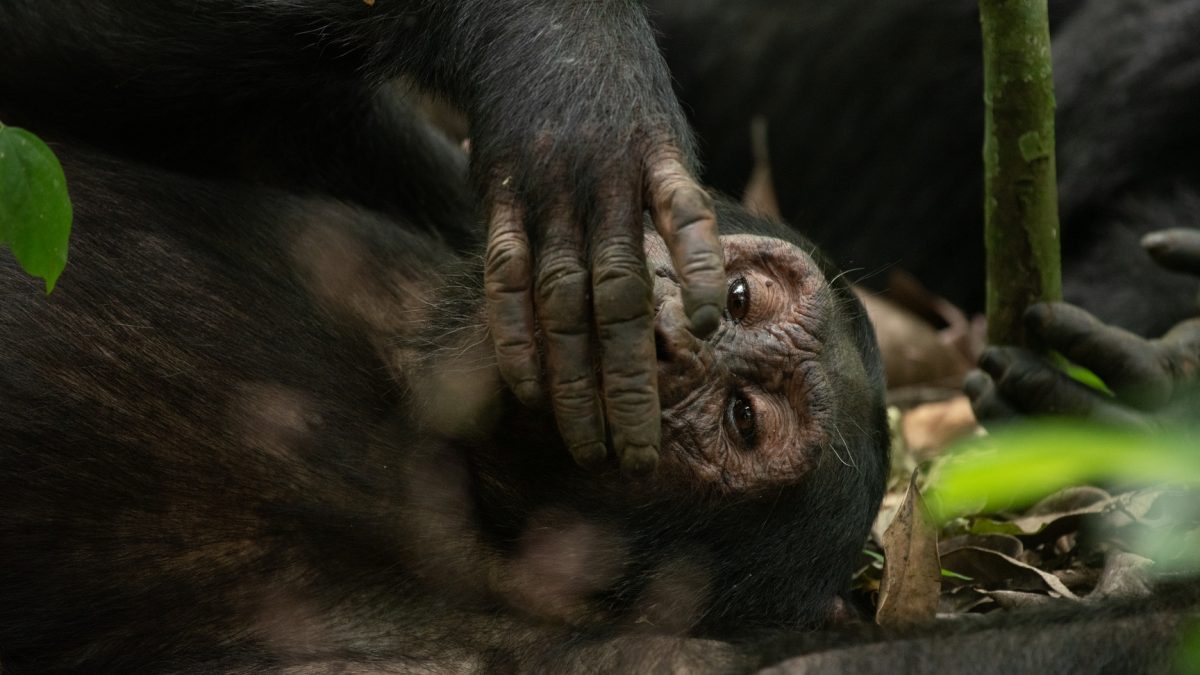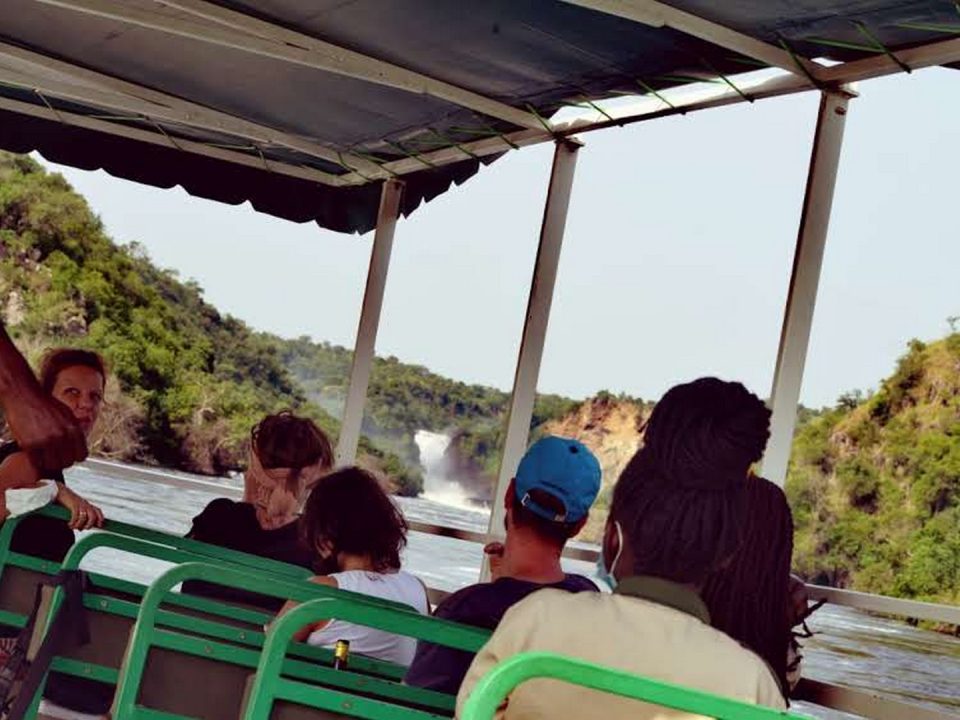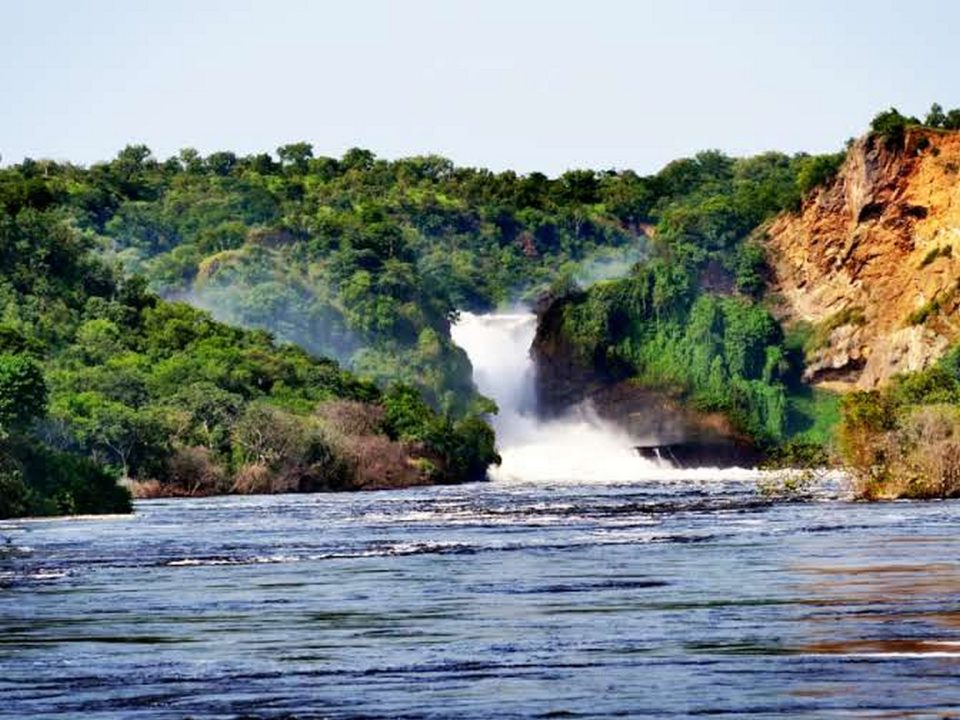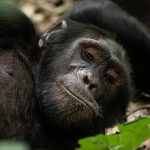
Is Chimpanzee Tracking in Rwanda Suitable for Children?
March 19, 2025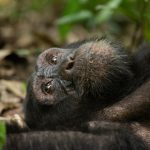
Can I Do a Chimpanzee Tracking Safari if I’m Not Physically Fit?
March 19, 2025What Happens If I Don’t See Any Chimpanzees During My Tracking Session?
What Happens If I Don’t See Any Chimpanzees During My Tracking Session? Chimpanzee tracking in Rwanda is one of the most thrilling wildlife experiences you can have. It offers the opportunity to observe these fascinating creatures in their natural habitat, whether it’s the dense forests of Nyungwe National Park or Gishwati-Mukura National Park. However, as with any wildlife encounter, there is no guarantee that you will see the chimpanzees during your trek. While sightings are highly likely, there are factors that can influence the success of the experience, including weather, terrain, and the chimpanzees’ movements. So, what happens if you don’t see any chimpanzees during your tracking session? Here, we break down the reasons, what you can expect, and how tour operators manage such situations to ensure a positive experience.
Understanding the Nature of Chimpanzee Tracking
Chimpanzee tracking is fundamentally different from visiting a zoo or sanctuary, where animals are housed in controlled environments. In the wild, chimpanzees roam freely and are not confined to a specific area. The forest is their natural habitat, and their movements are unpredictable, which can make tracking them a bit more challenging. This is one of the reasons why sightings are not guaranteed, even with a professional guide who is highly experienced in locating these animals.
Chimpanzees are often in constant motion as they search for food, socialize, or rest in different parts of the forest. Their daily activities are influenced by weather, food availability, and even their mood. Sometimes, they may be more dispersed and harder to find, or they may move to remote parts of the forest that require longer treks.
Why Might You Not See Any Chimpanzees?
There are several reasons why you might not encounter chimpanzees during your tracking session in Rwanda:
Chimpanzee Movement
Chimpanzees are known for their mobility. They spend much of their time traveling between various food sources or nesting sites. Sometimes, they may simply be too far from the starting point of the trek, or they may be in areas that are difficult to access due to the dense terrain. The forests of Nyungwe and Gishwati-Mukura are vast and complex, so while guides have a good understanding of where the chimpanzees are likely to be, the animals’ movements can still make sightings challenging.
Weather Conditions
The weather plays a crucial role in chimpanzee behavior and their visibility. Rwanda’s weather is tropical, with frequent rainfall, especially in the forested areas. On rainy days, chimpanzees may seek shelter in dense foliage or higher altitudes where they are harder to spot. The rain itself can also make trekking more difficult and slower, reducing your chances of seeing the animals.
Forest Terrain
Nyungwe Forest and Gishwati-Mukura are characterized by dense vegetation, steep slopes, and rugged terrain. This kind of environment presents a challenge for both trekkers and guides alike. Sometimes, chimpanzees can be close, but the dense vegetation or challenging terrain may prevent a successful sighting. Additionally, the thick forest canopy can make it harder to spot the animals from a distance, even if they are within the vicinity.
Seasonal Variations
The time of year can also affect chimpanzee sightings. During certain seasons, food may be more abundant in the forest, and the chimpanzees might spread out more, making them harder to find. Additionally, during the dry season, the chimps may move to areas that are less accessible to tourists, whereas during the wet season, they may stay in denser parts of the forest, which are harder to navigate.
What Happens if You Don’t See Any Chimpanzees?
While it’s disappointing not to see chimpanzees during a tracking session, most tour operators, including Deks Safaris & Tours Ltd., are committed to ensuring that you still have a valuable experience, even if your tracking session doesn’t result in a chimpanzee sighting. Here’s what you can expect:
A Partial Refund or Re-tracking Opportunity
In the unlikely event that you don’t see any chimpanzees during your tracking session, some tour operators offer a retracking opportunity. This means that you can return for another trek, free of charge, to try again. Typically, this is offered within a certain time frame or under specific conditions, such as availability and the condition of the park.
Some tour operators may also offer a partial refund if no chimps are spotted. However, it’s important to note that refunds or retracking offers are not always guaranteed and depend on the specific policies of the tour operator, so it’s crucial to inquire about these details before booking your trip.
Learning and Exploring Other Wildlife
Even if you don’t see the chimpanzees, the trek itself is still an opportunity to explore the forest and enjoy the natural beauty of Rwanda’s wilderness. Guides are experts in the ecosystem of the area and can share fascinating information about the flora and fauna of Nyungwe or Gishwati-Mukura. You may also encounter other wildlife species during the trek, including:
- Colobus monkeys: These striking black-and-white monkeys are often seen in the forest canopy.
- Birdlife: Rwanda is a paradise for birdwatchers, and the forests are home to a variety of bird species, including the Great Blue Turaco.
- Reptiles and amphibians: You might come across lizards, chameleons, and frogs, which are part of the forest ecosystem.
- Other primates: Rwanda is home to several other primates, including vervet monkeys and olive baboons, which you may encounter while tracking chimpanzees.
Even without a chimpanzee sighting, you can still learn a great deal about Rwanda’s wildlife and enjoy a beautiful nature walk.
Guided Information and Forest Exploration
Your guide will ensure that the trekking experience remains enjoyable and educational, even if the chimpanzees remain elusive. The trek itself is an exploration of the lush biodiversity that Rwanda is known for. Guides can point out interesting plants, medicinal herbs, and the variety of wildlife that calls the forest home. This immersive experience in Rwanda’s forests ensures that your time in nature is still worthwhile, even if the ultimate goal of spotting chimpanzees isn’t achieved.
Tips to Increase Your Chances of Seeing Chimpanzees
While sightings are never guaranteed, there are several steps you can take to increase the likelihood of seeing chimpanzees during your tracking session:
- Book a morning session: Chimpanzees are usually more active during the early morning, so booking a morning trek can increase your chances of seeing them.
- Choose the right season: The dry season is often a better time for chimpanzee tracking, as the chimps are more likely to be concentrated in accessible areas.
- Stay flexible and patient: Wildlife sightings require patience. Trust your experienced guide, and remain open to the experience, knowing that nature doesn’t always adhere to schedules.
- Prepare physically: Since the terrain can be challenging, it’s essential to be prepared for a physically demanding trek.
Conclusion: Embracing the Adventure
Chimpanzee tracking in Rwanda is a unique and unforgettable experience, but like all wildlife activities, it comes with the possibility that you may not see the animals you hope to encounter. However, the beauty of Rwanda’s forests, the expertise of the guides, and the opportunity to learn about the environment make the trek worthwhile, even in the absence of a chimpanzee sighting. At Deks Safaris & Tours Ltd., we ensure that every aspect of your trip is designed to provide an enriching and memorable experience, regardless of whether you encounter the chimpanzees. In the end, chimpanzee tracking is about more than just spotting the animals—it’s about connecting with nature, learning about Rwanda’s ecosystems, and having an adventure that leaves you with lasting memories.

